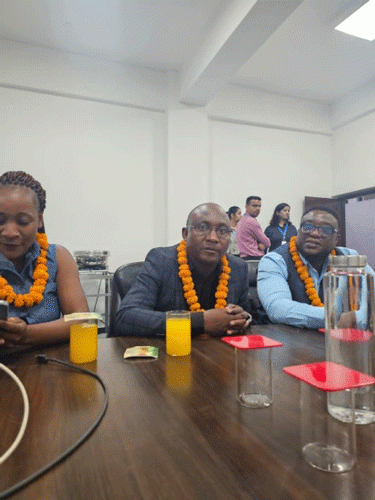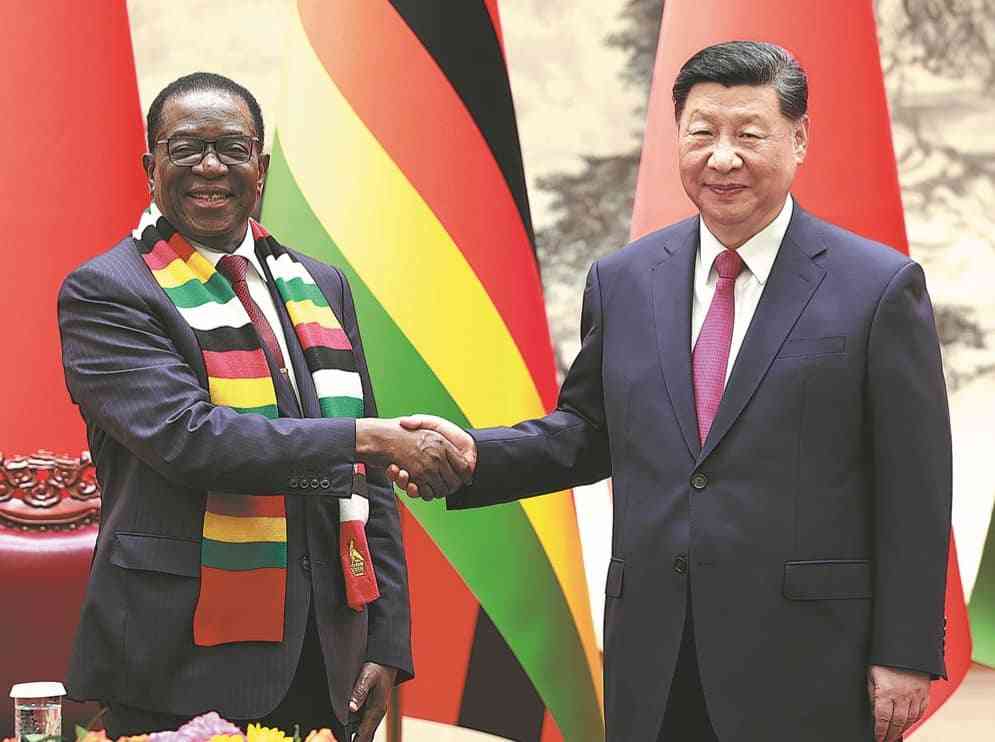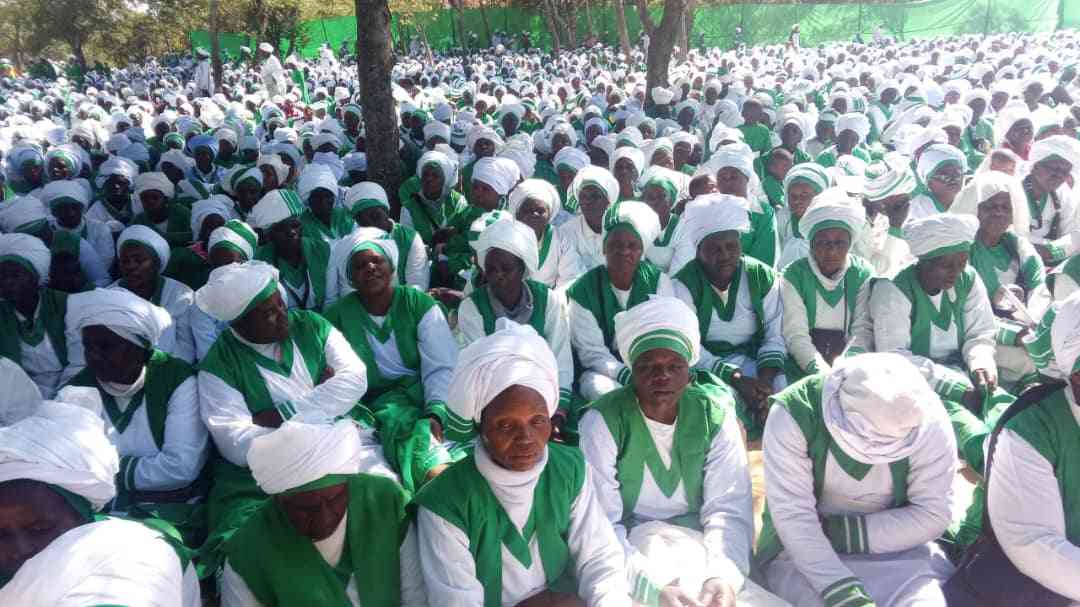
A strong health delivery system is made up of at least six pillars that include health financing, health workforce, health informatics, governance, medicines and service delivery.
These pillars should be well integrated if equity and equality are to be achieved in any country. Zimbabwe has great potential to become a hub of medical tourism if adequate resources are channeled towards the health delivery system.
Underfunding of the health system is a serious perennial problem that threatens to decapitate the health system. Budgetary support has been dwindling lately with about 10.8% of the total national fiscus being allocated to the health ministry in 2024, down from a 11.2% allocation in 2023.
It is undeniable that the country is bleeding from corruption which is estimated to drain at least US$2 billion dollars yearly, an amount that is huge enough to build 100 hospitals per year.
The country boasts of numerous minerals that include diamond, gold, platinum, copper, among others and there is great potential to invest in health with all the maximum political support.
I came to realise the importance of medical tourism in India where at least 7 million people visit that country yearly for medical treatment alone.
The year 2024 saw at least 7,4 million patients visiting India, a significant increase from about 6.1 million patients that sought treatment in 2023.
Over the past decade, India has positioned itself as a provider of high quality medical services at affordable costs.
- Marriages Act (Chapter 5:15): Morally inclusive and culturally sensitive
- Education: The seven steps
- There is much to learn from Indian healthcare system
Keep Reading
World-class amenities, skilled and well-trained medical experts and cost-effective treatment alternatives make India an appealing destination for those seeking high-quality healthcare services.
What disturbs many patients is the unbearable waiting time for some surgical procedures. A lot of factors are contributing to this unfortunate phenomenon and chief among them are inadequate skilled health staff, strained high care units like intensive care units, obsolete equipment, general demotivation among the health workforce and critical shortages of important drugs and sundries.
It is undeniable that medical charges in India are far less than those charged in many countries and affordability is easier for many patients who will have failed to access medical services locally.
I had my uncle who required open heart surgery and it was a mountain to climb to undergo that operation in southern Africa because of the extortionate charges that were put across.
Life was made easier when my uncle contacted an organisation called Pull of Destiny headed by one Vincent Mangisai in Zimbabwe and Tawanda Mugwambi in India.
It took less than two weeks to organise his transfer from Zimbabwe to India, with all logistics in place including air tickets, hotel accommodation, hospital bills and other arising costs. The surgery was done at one of the finest hospitals in India and today, the patient is in a joyous mood having saved almost half of what he was initially charged in the region.
Many lives continue to be saved through the works of Pull of Destiny Health, a locally-registered organization that caters for our people who are in desperate need for medical tourism especially in India.
India is way cheaper than many American, African, Asian and European countries.
With all the available natural resources in the country, Zimbabwe has great potential to attract patients from as many countries as possible.
The country boasts of long-standing peace and tranguility, favorable weather conditions, high literacy rate and rich natural resources.
All these factors can drive medical tourism, alas, poor health financing is a poignant reality.
With at least 20 000 Zimbabweans going out of the country yearly to seek medical attention somewhere, the country is losing at least US$4 billion annually.
Why can we not upgrade our systems so that our public health system is strengthened to the maximum?
Health and development are symbiotic in nature as a healthy population is a catalyst for economic and social development.
As southern Africa improves industrial capacity and economy,the health of the citizens remains paramount in ensuring a sustainable future.
The goal to achieve universal health coverage is traced to 1997 when the Sadc Health Programme was developed in line with global and regional declarations and targets.
Three key policy documents were developed to underpin the implementation of the Program and these included The Health Policy Framework, the Sadc Protocol on Health and the Regional Indicative Strategic Development Plan.
With all these protocols on health, why is it too expensive to access medical services in the region?










